This study aims to provide a systematic analysis of the literature of methods and resources supporting geoconservation and geotourism worldwide, while identifying current and future trends in the field. This paper offers a comprehensive bibliometric analysis which comprises the period of 2011-2021 after an in-depth systematic literature review of 169 papers, using Web of Science. The volume of research on these topics is growing rapidly, especially in Italy, Poland, Brazil, Russia, and China; these constitute the most productive countries. The main identified geomorphological environments are sedimentary, volcanic, aeolian, coastal, fluvial, and karstic. We discovered that the main methods for evaluating geoconservation and geotourism are geomorphological mapping, the study of economic values for geotourism, field work as a research tool, geoheritage management, documentation, exploration, and inventories of geoheritage at a regional level. The main determined resources are UNESCO Geoparks, educational activities, digital tools, geomanagement, economic values, geoitineraries, and geoeducation programs. To our knowledge, this is the first study dealing with methods and resources publicizing geoconservation and geotourism, worldwide. Knowing about the most successful methods and resources for promoting geoconservation and geotourism can definitely be useful for future endeavors in countries where geoheritage studies are starting to be developed.
- Autor/es: Michael E. Quesada-Valverde and Adolfo Quesada-Román
- Año de publicación: 2023
- País: Costa Rica
- Idioma: Ingles
- Fuente de indexación: WOS



